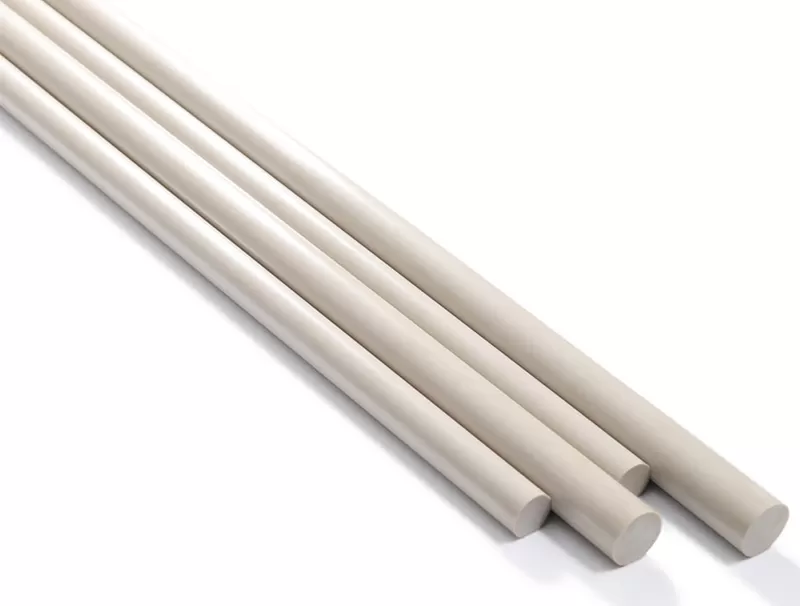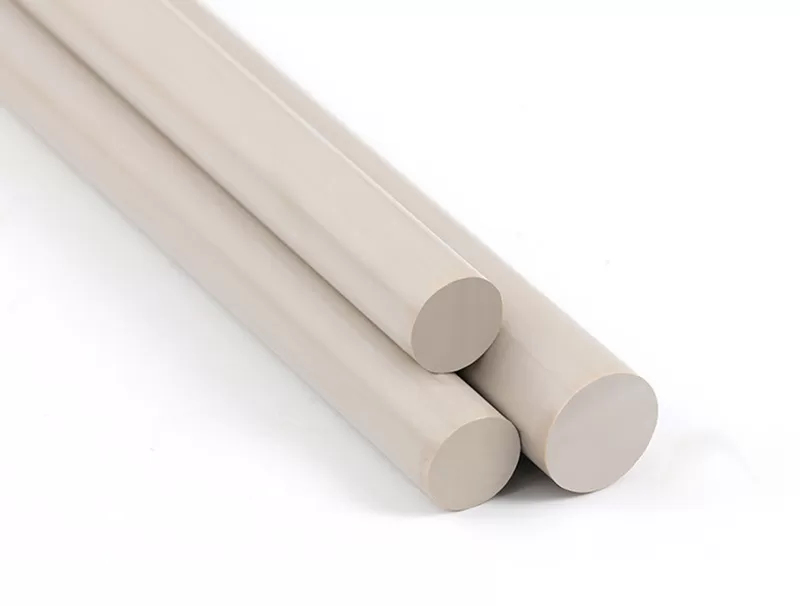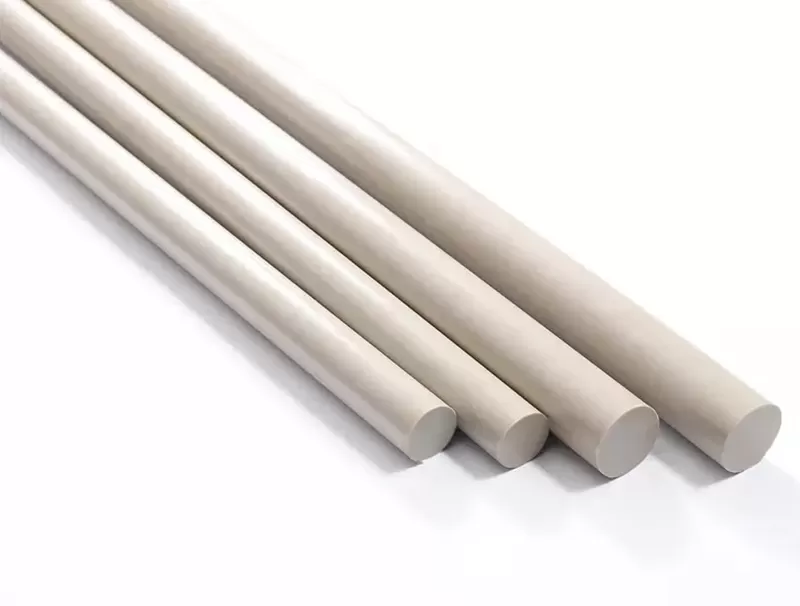


Medical-grade, biocompatible PEEK polymer materials
Implantable PEEK rods have shown remarkable felicities over typical biomedical implants such as metallic alloys, ceramics, and polyethylenes. PEEK is now used to design medical implants in joint replacement systems, spine implants, and cages in vertebral fusion surgeries.
Our wide range of biocompatible polymer materials and compounds are each designed to meet the specific and rigorous demands of implantable medical devices. PEEK materials are tailored to offer superior performance in a variety of applications including spine, orthopedic, trauma, dental and specialty devices. Innovative PEEK materials and our in-depth manufacturing knowledge combined with application expertise supports medical device companies to bring leading edge devices to market and open up new areas of growth.
| Properties Information | ||||||
| Property | Reference Standard | Test Method | Unit | Specification | Result | |
| Physical Properties | Glass Transition | ASTM F2026 | ASTM D3418 | °C | 125-165 | 147 |
| Temperature, Tg | ||||||
| Melt Temperature, Tm | ASTM F2026 | ASTM D3418 | °C | 320-360 | 338 | |
| Recrystallization | ASTM F2026 | ASTM D3418 | °C | 260-320 | 289 | |
| Temperature, Tc | ||||||
| Viscosity | ASTM F2026 | ISO 11443 | Pa·s | 400-480 | 437 | |
| Infrared Spectrum | ASTM F2026 | ASTM F1579 | / | See Appendix X1 | See Appendix X2 | |
| Density | ASTM F2026 | ASTM D1505 | kg/m3 | 1280-1320 | 1294 | |
| Chemical Properties | Total Heavy Metals (Ag, As, Bi, Cd, Cu, Hg, Mo, Pb, Sb, and Sn), max | ASTM F2026 | US Pharmacopeia, | ppm | <100 | <10 |
| Test 233 | ||||||
| Mechanical Properties | Tensile Strength at Yield (zero slope), min | ASTM F2026 | ASTM D638, Type IV, 5.08 cm/min | MPa | 90 | 105 |
| Tensile Strength at Break, min | ASTM F2026 | ASTM D638, Type IV, 5.08 cm/min | MPa | 70 | 80 | |
| Elongation at Break, min | ASTM F2026 | ASTM D638, Type IV, 5.08 cm/min | % | 5 | 18 | |
| Flexural Strength, min | ASTM F2026 | ASTM D790 | MPa | 110 | 163 | |
| Flexural Modulus, min | ASTM F2026 | ASTM D790 | GPa | 3 | 4 | |
| Impact Strength, | ASTM F2026 | ISO 180 | kJ/m2 | 4 | 9 | |
| Notched Izod, min | ||||||
| Biological Properties | Genotoxicity | ISO 10993-3 | ISO 10993-3 | / | Negative | Negative |
| Animal Intracutaneous (Intradermal) Reactivity | ISO 10993-10 | ISO 10993-10 | / | ≤1 | 0 | |
| Skin Sensitization | ISO 10993-10 | ISO 10993-10 | / | ≤1 | 0 | |
| Acute Systemic Toxicity | ISO 10993-11 | ISO 10993-11 | / | No Acute Systemic Toxicity | No Acute Systemic Toxicity | |
| Subchronic Systemic Toxicity | ISO 10993-11 | ISO 10993-11 | / | No Subchronic Systemic Toxicity | No Subchronic Systemic Toxicity | |
| local Effects After Implantation | ISO 10993-6 | ISO10993-6 | / | No obvious difference between the test sample and the control sample | No obvious difference between the test sample and the control sample | |
| In Vitro Cytotoxicity | ISO 10993-5 | ISO10993-5 | / | ≤1 | 1 | |
| Evaluation of Haemolytic Properties | ISO 10993-4 | ISO10993-4 | % | <5 | 1 | |
| Material Mediated Pyrogens | ISO 10993-11 | ISO 10993-11 | / | No Pyrogenic Responses | No Pyrogenic Responses | |
| Extractables of The Material | ISO 10993-18 | ISO 10993-18 | μg/g | The contents of Phenyl Sulfone≤300 | The contents of Phenyl Sulfone<0.09 | |